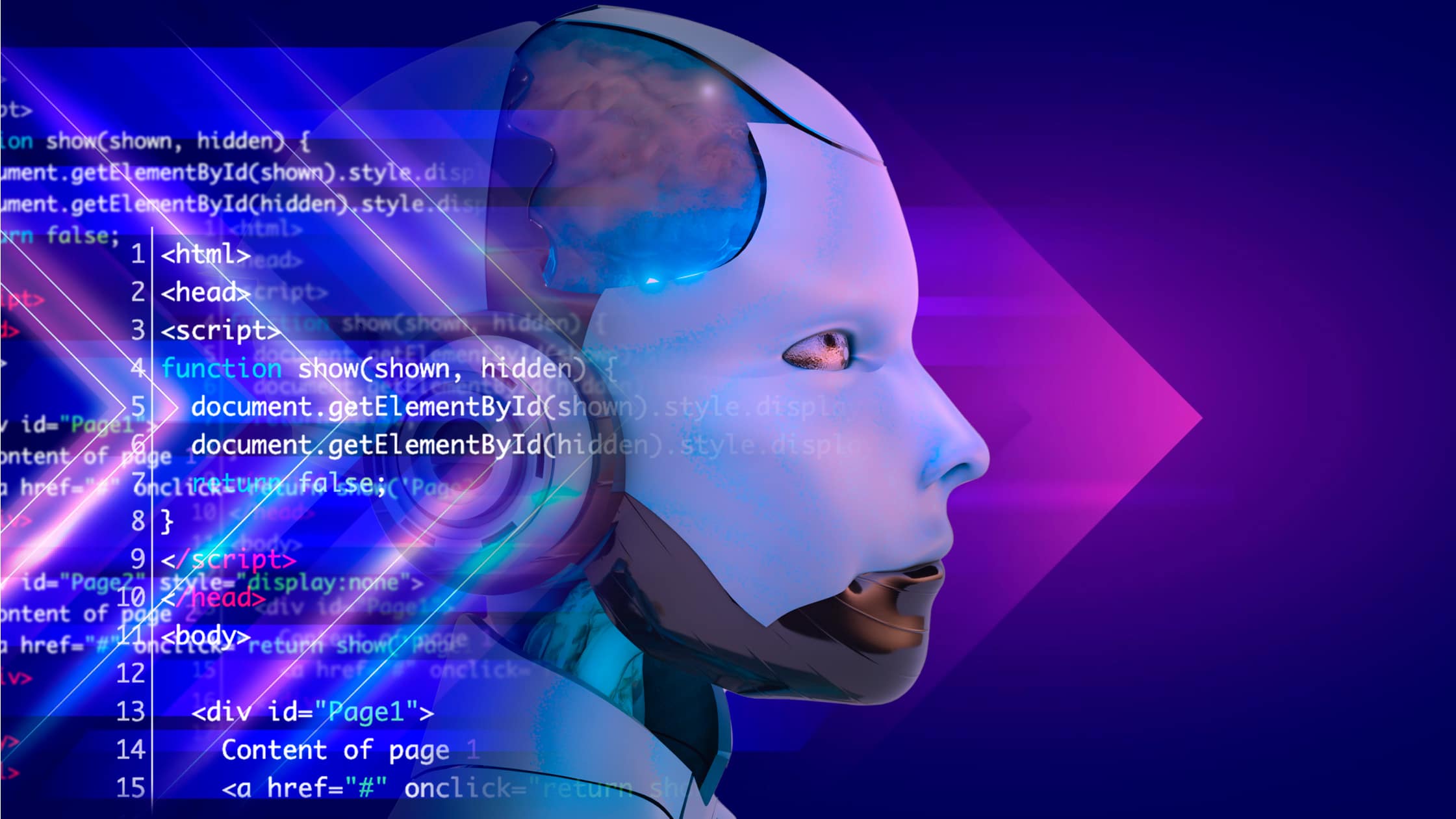A Causal Language Model (CLM) generates text one token at a time, based only on the tokens that have come before in the sequence. This setup reflects how humans typically produce and understand language: word by word, from left to right.
The model is “causal” because it respects the direction of time. It doesn’t look ahead or use future information when predicting the next word; it relies only on the past context.
How It Works
Causal language models use a left-to-right structure. The model takes the previous tokens at each step and predicts the next one. This is done using probabilities; the model picks the most likely next word out of all possible words.
For example, given the input “The weather is,” a causal model might predict the next word as “sunny” because that continuation is highly probable based on training data.
The process continues token by token until a stopping point is reached (like a punctuation mark or a special end token).
Causality in Language Modeling
In this context, “causal” means that the model’s predictions depend only on past tokens, not future ones. This setup is important for tasks like text generation, dialogue systems, and code completion, where outputs must be generated in real time and in logical sequence.
This differs from non-causal (bidirectional) models, which can see both sides of a word (past and future) when making predictions, useful for classification or understanding tasks, but not for generation.
Architecture Behind Causal Language Models
Most modern causal language models are based on the Transformer architecture, specifically using masked self-attention.
Masked Self-Attention
The model uses attention to focus on relevant parts of the input. However, it applies a mask that prevents the model from attending to future tokens to enforce causality.
Transformer Decoder Stack
Causal models use the decoder part of the Transformer. Each layer has:
- Self-attention (with masking)
- Feed-forward network
- Layer normalization and residual connections
This stack enables deep learning over large sequences without violating the causal constraint.
Training a Causal Language Model
Causal models are trained using a technique called autoregressive training. The model is shown in a sequence,e, and the next token at each position is asked to be predicted.
Example: Given the sentence:
“The cat sat on the mat.”
- Input: “The” → Target: “cat”
- Input: “The cat” → Target: “sat”
- Input: “The cat sat” → Target: “on”
…and so on.
The model learns to assign high probabilities to the correct next tokens based on training examples.
Popular Causal Language Models
-
GPT-2 / GPT-3 / GPT-4 (OpenAI): These are large-scale transformer-based causal models designed for text generation. They can produce coherent and contextually appropriate text based on past tokens.
-
LLaMA / LLaMA 2 (Meta): Open-source models optimized for efficiency, designed to perform well across various tasks while being lightweight.
-
Claude (Anthropic): A model focused on safety and instruction-following, ensuring responses adhere to guidelines and generate responsible content.
-
CodeGen (Salesforce): Specializes in generating code across multiple programming languages, making it useful for software development tasks.
-
RWKV (Independent/Open-source): Combines the efficiency of recurrent neural networks (RNNs) with the high performance of transformers, allowing it to generate contextually relevant text efficiently.
Applications of Causal Language Models
Causal language models are versatile, powering numerous applications across different fields.
-
Text Generation
CLMs generate natural-sounding text for various purposes, such as writing stories, blogs, emails, and product descriptions.
-
Code Completion
CLMs, like GitHub Copilot, suggest code or auto-complete developer queries based on previous lines of code.
-
Chatbots & Virtual Assistants
CLMs enable real-time, context-aware responses in conversational AI systems, driving interactive dialogues in chat and voice-based interfaces.
-
Creative Writing and Scripts
Writers leverage CLMs to assist in brainstorming, co-writing, and generating dialogue or entire scenes for novels and scripts.
-
Summarization (via Autoregression)
CLMs generate summaries by processing content step-by-step, though encoder-decoder models are often preferred for fine-tuned summarization tasks.
Causal vs. Bidirectional Models
Causal models (like GPT) generate text based on past tokens, making them ideal for real-time generation tasks. In contrast, bidirectional models (like BERT) consider both past and future tokens, excelling in understanding and classification tasks. Causal models train autoregressively, generating text word-by-word, while bidirectional models use masked language modeling and are unsuitable for real-time text generation.
Advantages of Causal Language Models
1. Sequential Generation
They generate one token at a time, making them ideal for dialogue, storytelling, and auto-complete applications.
2. Scalable
Large-scale CLMs have been trained with billions of parameters, allowing them to understand diverse topics and tones.
3. Flexible Prompts
Users can steer outputs by crafting specific prompts without retraining the model.
4. Few-shot and Zero-shot Learning
Modern CLMs can generalize from very few examples and sometimes perform tasks without any direct training examples.
Limitations of Causal Language Models
1. Lack of Understanding
CLMs don’t “understand” meaning; they predict text based on patterns. This can lead to confident but incorrect outputs (hallucinations).
2. Fixed Directionality
Since they only see the past, they may miss the global context available in bidirectional models.
3. Token Drift
In longer outputs, errors can accumulate, making later parts less coherent or consistent.
4. Bias and Toxicity
Causal models can pick up and replicate biases in the training data unless filtered or fine-tuned.
Prompt Engineering in CLMs
Prompt engineering refers to designing input text (prompts) to guide a causal model’s output effectively.
Example Prompt: “Write a short poem about winter in the style of Emily Dickinson.”
The model uses this prompt to generate relevant, stylistically matched content. Prompt engineering controls tone, structure, and task intent in CLMs.
Tokenization and Causal Models
Before a causal model processes text, it is tokenized into smaller units (words, subwords, or characters). Tokenization affects model behavior.
Why Tokenization Matters:
- Efficient model training
- Handling rare or unknown words
- Reducing vocabulary size
CLMs then process tokens left-to-right to maintain causality.
Safety in Causal Language Models
1. Filtering Training Data: Data is cleaned to remove harmful or toxic content before training.
2. Reinforcement Learning with Human Feedback (RLHF): Human preferences guide model behavior. OpenAI’s GPT-4 and Anthropic’s Claude use this technique.
3. Output Moderation: Post-processing tools scan outputs for safety violations and block inappropriate responses.
Research Trends in Causal Language Models
Smaller, efficient models are designed to run locally or on devices, offering compact performance without heavy computational resources. Instruction tuning focuses on refining models to better follow complex instructions, enhancing accuracy.
Multi-modal expansion enables models to process not just text, but images, code, or audio, broadening their application. Long-context memory extends the number of tokens a model can handle, allowing for more expansive, context-aware interactions. Real-time agents leverage CLMs in tools that can make decisions or perform tasks autonomously, such as AI co-pilots or virtual assistants.
A Causal Language Model is a foundational tool in natural language generation. It predicts text from left to right, one token at a time, making it ideal for writing assistants, chatbots, code generators, and storytelling tools. While powerful, CLMs must be carefully trained and controlled to ensure they produce safe, accurate, and valuable content. As these models continue to improve, they will remain central to how AI understands and generates language.



